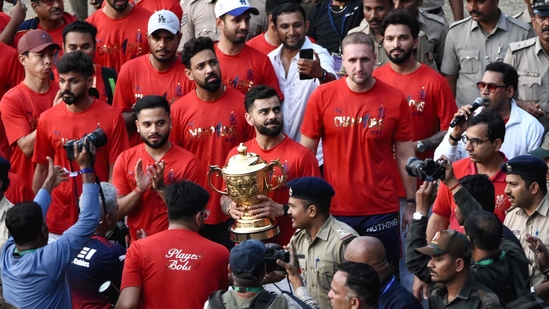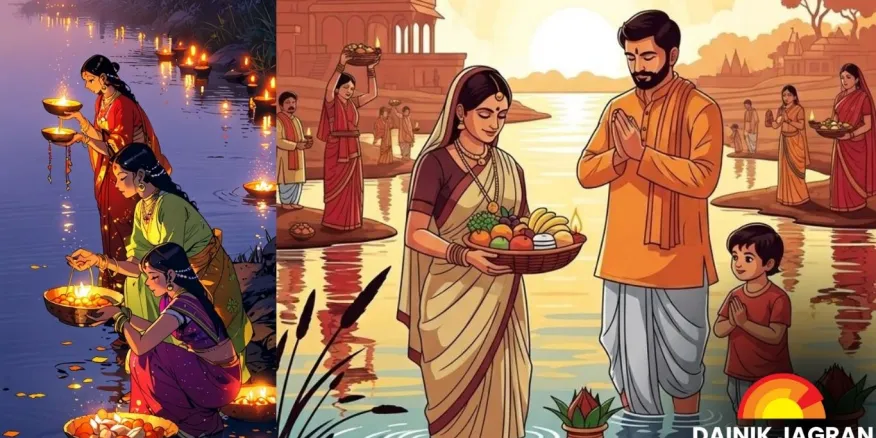Now Reading: RCB Shows No Mercy: IPL Champions Crushed After Chaos Outside Chinnaswamy Leaves 11 Dead
-
01
RCB Shows No Mercy: IPL Champions Crushed After Chaos Outside Chinnaswamy Leaves 11 Dead
RCB Shows No Mercy: IPL Champions Crushed After Chaos Outside Chinnaswamy Leaves 11 Dead

In a horrifying turn of events, what was meant to be a celebration turned into a tragedy. Outside Bengaluru’s Chinnaswamy Stadium, a massive stampede claimed 11 lives and injured dozens, as fans rushed to witness the much-anticipated victory lap of IPL champions. At the heart of it all, Royal Challengers Bengaluru’s (RCB) dominant win over their rivals left fans euphoric—too euphoric for the infrastructure to handle.
Celebration Turns Catastrophic
The crowd had gathered in thousands, expecting to glimpse their cricketing heroes up close. The management had announced a public celebration with free entry, drawing fans from not only Bengaluru but also nearby Tier 2 cities like Mysuru, Tumakuru, and Davangere.
However, the lack of crowd control measures turned the event into a nightmare. Eyewitnesses say the gates were overwhelmed, with barricades falling and people getting trampled in the chaos. By the time police arrived in full force, it was too late for many.
What Went Wrong?
According to officials, the event was underprepared for the size of the crowd it attracted. With no ticketing or registration process, there was no way to predict or control numbers. Local authorities had reportedly warned the organisers but were assured that private security would be enough. Clearly, it wasn’t.
The stadium, located in central Bengaluru, is already congested during match days. Hosting a celebratory event without proper traffic and crowd management created a dangerous bottleneck—especially for fans coming in from nearby towns who arrived much earlier to secure spots.
The Owner’s Misstep?
Fans and analysts alike are questioning the franchise owner’s decision to hold such a large-scale event without ticketing or crowd regulation. “The team deserved to celebrate, no doubt,” said one local resident, “but doing it this way—without planning for public safety—was a massive mistake.”
Social media is filled with videos and images of the mayhem, many tagging the team’s official account demanding accountability. Calls for an independent inquiry are growing louder, with some political leaders also weighing in on the mismanagement.
Tier 2 Cities: The Invisible Fans?
This tragedy also brings to light a growing issue in Indian cricket—how Tier 2 and 3 city fans are often ignored in event planning. While their passion drives television ratings and merchandise sales, their needs, safety, and comfort are often an afterthought during major public gatherings.
With affordable trains and buses pouring people into cities like Bengaluru, Nagpur, and Indore for such events, organisers must begin to factor in the scale and diversity of the crowd.
A Lesson at a Heavy Cost
RCB’s win should’ve been a moment of glory. Instead, it now carries the burden of a national tragedy. As investigations begin, fans across the country are left with a bitter taste—a reminder that excitement must never come at the cost of safety.
As India continues to celebrate cricket like a festival, it’s time we start planning it like one too. Properly.

























